As pet owners, we love our furry friends unconditionally and want to keep them safe and happy. However, even the best-behaved dog can sometimes exhibit automatic behaviors that harm wildlife. If you are in an unfortunate situation like my dog killed a fox, what should I do?
Handling it carefully and responsibly is imperative. Although it is an instinct for dogs to hunt prey, it is important to remember that domesticated dogs can cause significant harm to wildlife. As pet owners, we are responsible for ensuring that our pets are not harming the environment around us.
We will discuss tips for handling situations where your dog has killed a fox. It will provide practical advice on responding immediately, including checking your pet for injuries and securing the area to prevent further damage.
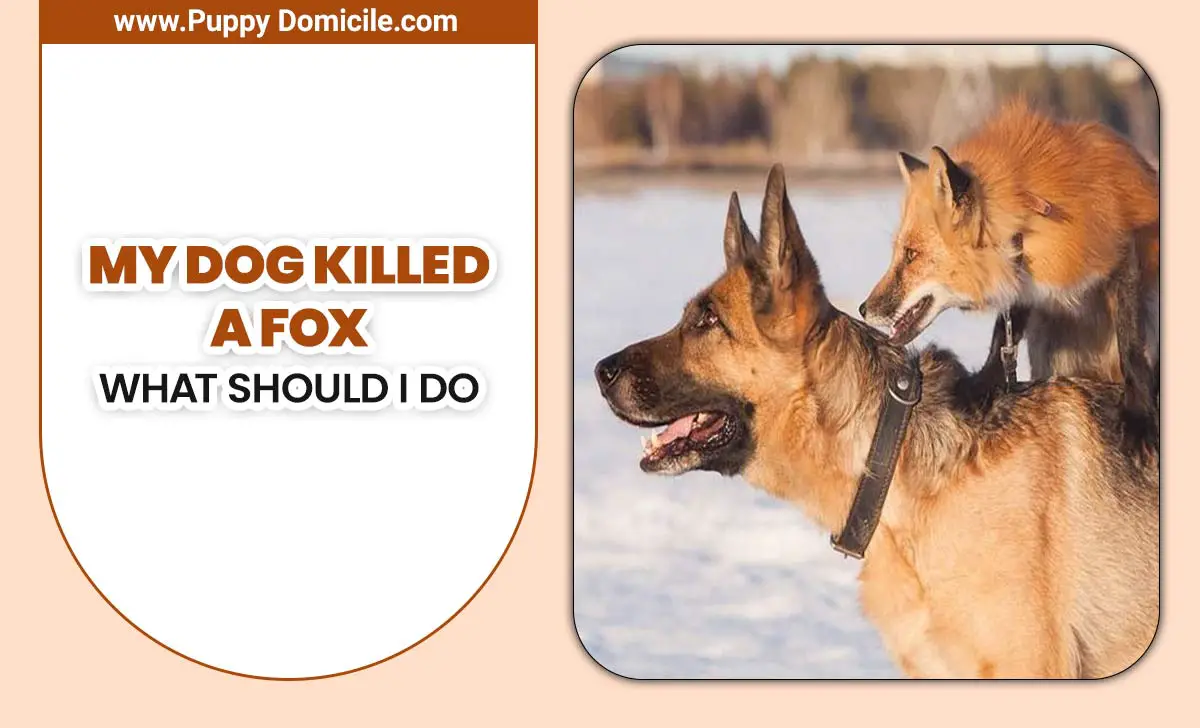
My Dog Killed A Fox And What Should I Do
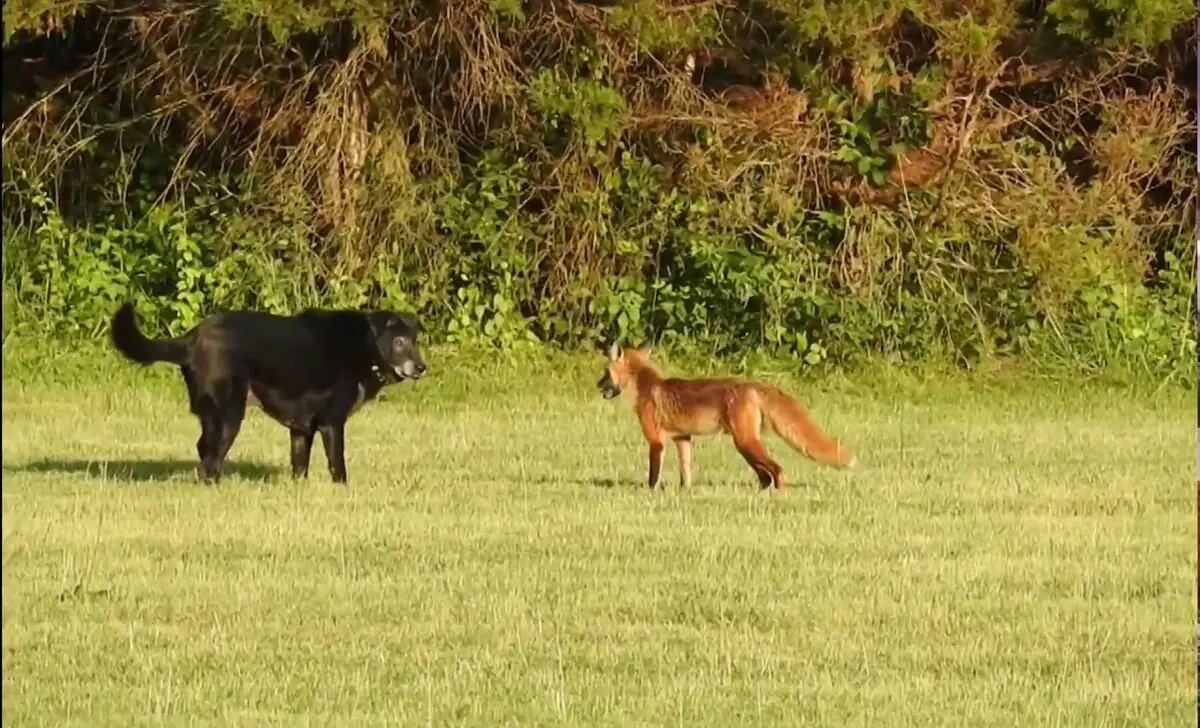
When you think my dog killed a fox, what should I do? It is important to understand why this happened and what steps you should take next. Dogs may attack wild animals for various reasons, including prey drive, territorial behaviour, or fear.
It is important to assess the situation and determine if any underlying behavioural issues must be addressed. You may want to consult a professional trainer or behaviourist to help you identify and address any problematic behaviours. It is also important to take steps to prevent future incidents from occurring.
This may include keeping your dog on a leash or in a secure area when outside, supervising them closely around wildlife, and providing training and socialization to help manage their behaviour. Additionally, follow any laws or regulations regarding wildlife protection in your area. Taking proactive measures can help ensure your dog’s and local wildlife’s safety.
1.Immediate Actions
Upon discovering that my dog has killed a fox, it is crucial to take immediate action. Firstly, secure the area to prevent any further harm or disturbance. Next, check on the dog for any potential injuries and provide necessary care. It is advisable to contact a veterinarian for professional assistance if needed. Additionally, ensure local laws and regulations about wildlife to handle the situation appropriately and responsibly.
2.Ensure Your Dog Is Safe And Secure
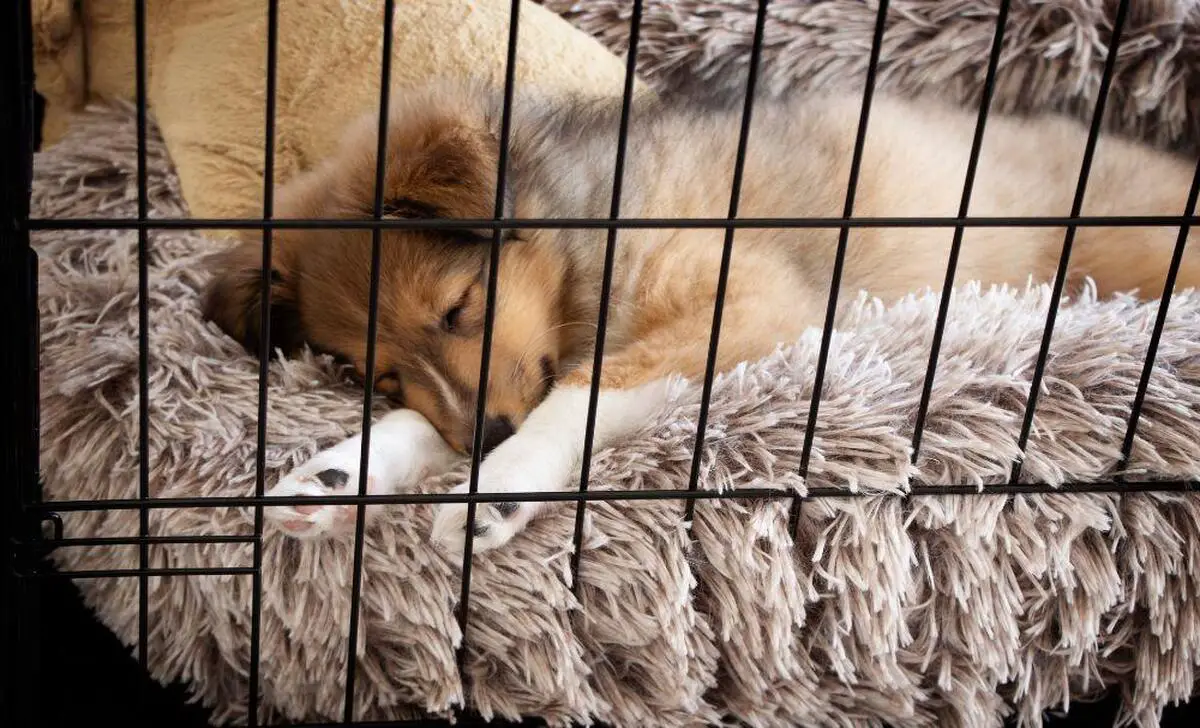
It’s important to ensure the safety and security of your furry friend. This is especially crucial after an incident like your dog killing a fox. Preventing future incidents can save you and your dog from potential legal troubles and protect local wildlife.
Proper training and socialization can go a long way in preventing aggressive behavior toward other animals. Consider using a leash or fencing your yard to prevent your dog from roaming and potentially harming wildlife. If you’re unsure how to proceed, contact local authorities or wildlife rehabilitation centres for guidance on keeping your pet safe and secure while protecting the surrounding ecosystem.
3.Check For Injuries And Take Necessary Action
After a dog fight, check your dog for injuries, even if they appear unharmed. Approach them calmly to assess their condition, looking for limping, bleeding, or pain signs. Seek immediate veterinary help if needed. If another animal is harmed, take responsibility, remain calm, and contact local authorities or wildlife centres for guidance.
4.Handling The Fox
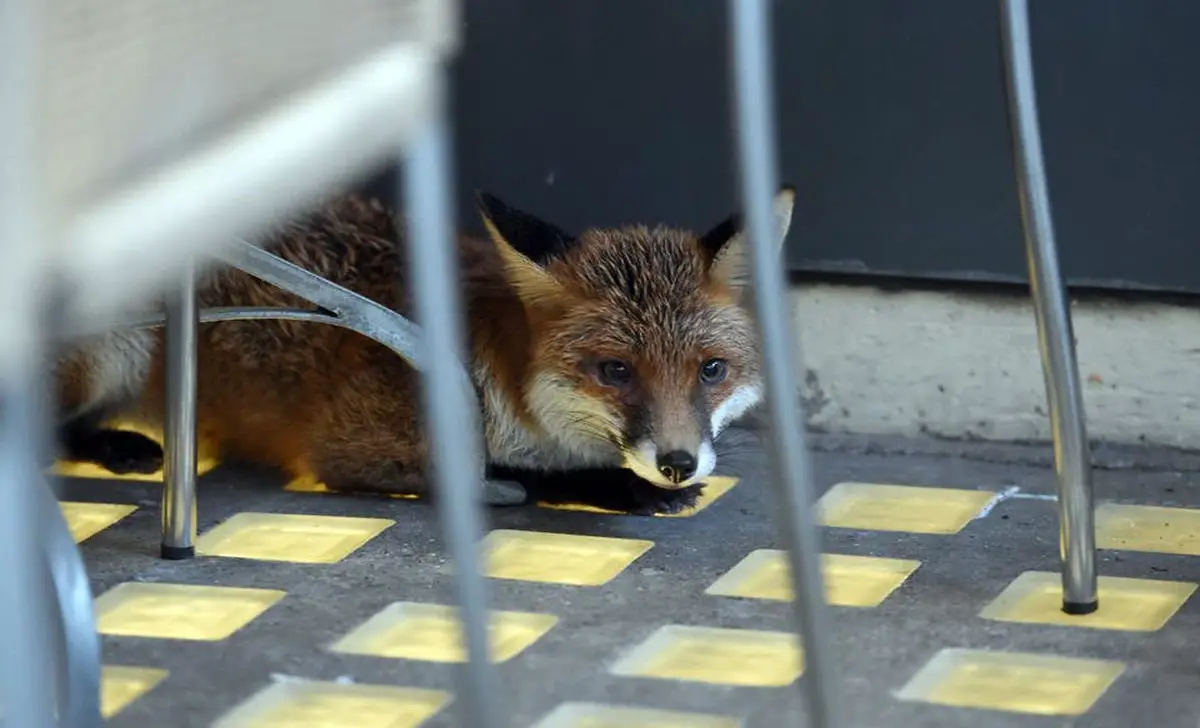
When handling a fox your dog has killed, it’s important to take precautions to protect yourself from any potential diseases or parasites the animal may carry. It’s best to wear gloves and other protective clothing, especially if you plan on disposing of the fox’s body yourself.
Contacting local animal control or wildlife rehabilitation centres can guide the proper handling of the situation. They can also advise on how to dispose of the body responsibly and prevent attracting other animals. While this is unfortunate, taking responsibility for your pet’s actions can go a long way towards preventing harm to wildlife and other pets.
5.Contact Local Wildlife Authorities
If your dog has killed a fox, contacting local wildlife authorities as soon as possible is important. They can guide you in handling the situation and ensure you follow any legal requirements in your area. Keeping your dog away from the fox is essential, as there may be potential disease transmission or other health risks associated with handling wild animals.
In addition to guiding how to handle the remains of the fox, local wildlife authorities can also offer advice on how to prevent similar incidents in the future. This may involve keeping your dog on a leash or installing fencing around your property. Remember that wild animals should always be treated with respect and care. And taking responsibility for your pet’s actions is crucial in preventing further harm or injury.
6.Follow Their Instructions For Handling The Fox
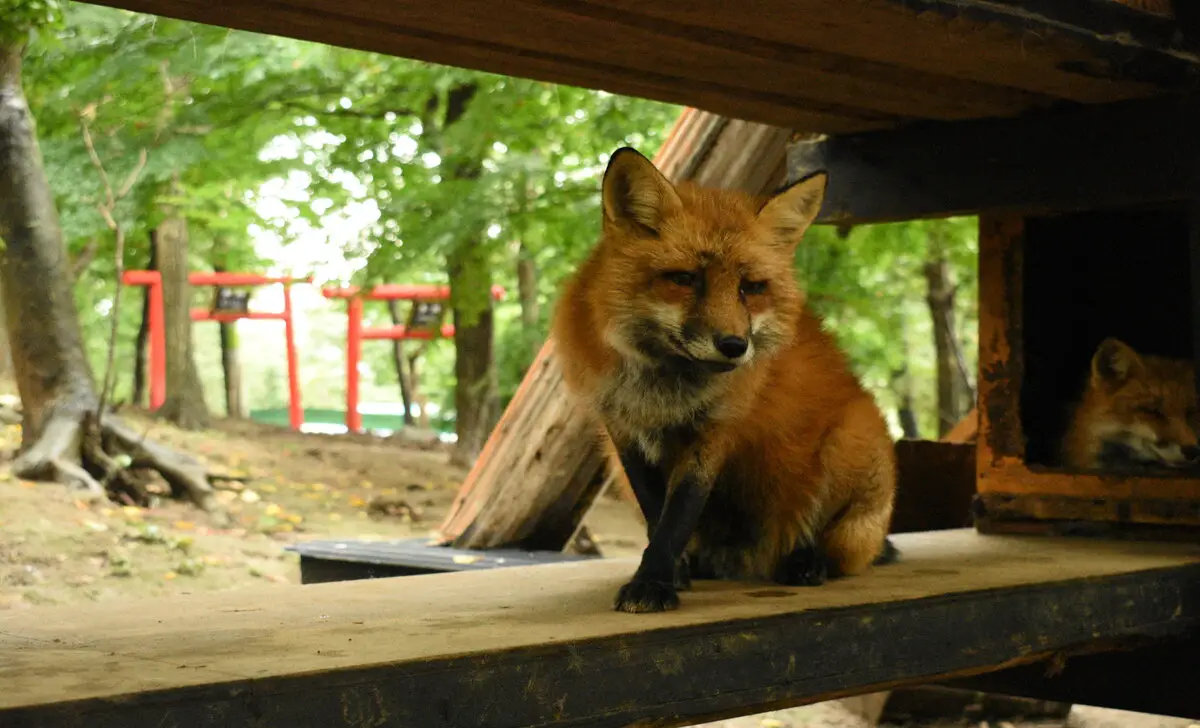
It is important to adhere to the guidance provided by wildlife authorities when dealing with a situation involving a fox. If your dog has killed a fox, following their instructions on handling the situation appropriately is crucial.
Contact the relevant authorities for guidance on disposal and any necessary precautions to prevent potential risks. Cooperation with wildlife authorities ensures the proper management of such incidents while prioritizing safety and environmental conservation.
7.Dealing With The Aftermath
Dealing with the aftermath of your dog killing a fox can be a challenging and emotional experience. It’s essential to stay calm and assess the situation to ensure everyone’s safety. It’s also crucial to check your local laws and regulations regarding wildlife encounters and animal attacks, as they may vary depending on your location.
Seeking guidance from local authorities or a wildlife rehabilitation centre can help you handle the situation effectively. If you or your pet has sustained injuries, seek medical attention promptly.
You are taking steps to prevent future incidents, such as keeping your dog on a leash and properly securing trash to avoid attracting wildlife. Remember that dealing with the aftermath of your pet killing a wild animal requires responsibility, caution, and respect for all parties involved.
8.Responsibly Dispose Of The Fox
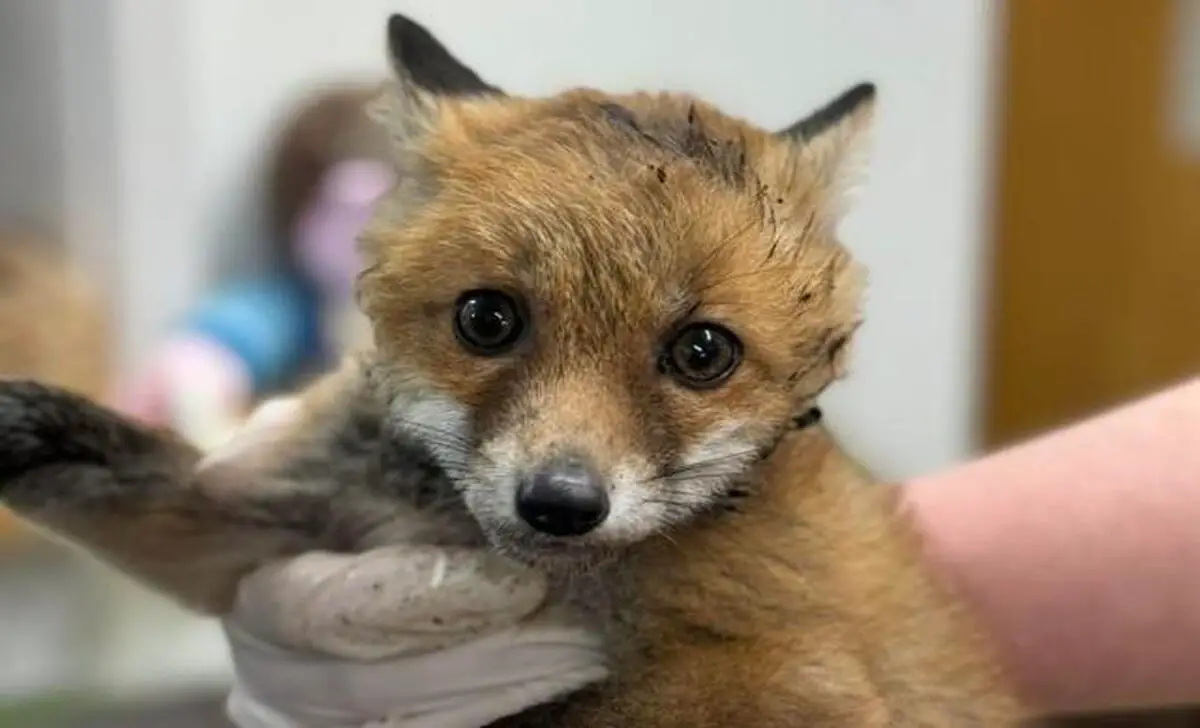
When disposing of a fox, it’s crucial to be responsible and take necessary precautions to avoid hazards. Wear gloves, shovel, and place the fox in a plastic bag. Avoid burying it, as it can attract animals and create health risks. Contact local animal control for guidance on proper disposal.
Responsible actions prevent disease, show respect for wildlife, and protect habitats. Keep pets safe by using leashes or fencing. Seek professional support or counselling to manage this situation effectively.
Take Steps To Prevent Such Incidents From Happening Again
Ensuring your dog’s and local wildlife’s safety is crucial in preventing a recurrence of such incidents. Keep your dog on a leash or in a fenced area to avoid roaming freely and potentially encountering other animals.
Identify triggers that may lead to attacks and seek professional help from trainers or behaviourists to address aggression. Take responsibility for your pet’s safety and the well-being of wildlife by taking proactive measures to prevent future incidents.
- Leash or secure your dog to prevent wildlife encounters
- Supervise your dog outdoors to prevent harm to other animals
- Train and socialize your dog to avoid aggression
- Use fencing to keep wildlife out of your yard
- Seek advice from animal control or wildlife organizations for pet-wildlife interactions.
Seeking Help And Support
After your dog kills a fox, seeking help is crucial. Your dog may need medical attention, and the incident should be reported to authorities or wildlife organizations. Professional training can prevent future incidents.
Emotionally, connecting with support groups or online communities can provide advice from others in similar situations. Seeking professional support or counseling may help cope with any trauma or guilt. Remember, reaching out for help doesn’t make you a bad pet owner; it shows you care about your pet’s well-being and the wildlife.
Conclusion
Finding yourself in a situation like My dog killed a fox; what should I do can be distressing and overwhelming. It’s important to remember that this is a natural behavior for dogs, but handling the situation carefully is still necessary.
First and foremost, ensure your dog is safe from any injuries sustained during the incident. Then, contact your local wildlife authorities to report the incident and follow their instructions.
It’s also important to reflect on ways to prevent future incidents from happening, such as keeping your dog on a leash or providing proper obedience training. By taking these steps, you can ensure the safety of both your dog and the local wildlife population. Remember these tips if you are in this unfortunate situation and act accordingly.
Frequently Asked Questions
1.Are Foxes Afraid Of Dogs?
Foxes are popular for cautious use around dogs, especially larger breeds that may pose a threat. However, their level of fear can vary depending on the individual fox and its past experiences with dogs.
2.Are Foxes Dangerous To Dogs?
Foxes are generally not dangerous to dogs, as they typically avoid confrontation. However, in rare cases, foxes may attack smaller dogs if they feel threatened or if their territory is invaded.
3.Do Foxes Carry Diseases?
Yes, foxes can carry diseases such as rabies, mange, and distemper that can be transmitted to humans and other animals through bites, scratches, or contact with bodily fluids.
4.What Do Foxes Fear The Most?
Foxes are known for their cunning and agility, but even these clever creatures have their fears. Foxes fear humans the most, as they are seen as predators and pose the biggest threat to their survival.
5.Can A Fox Be A Safe Pet?
No, foxes are not considered safe pets as they have wild instincts that can lead to unpredictable behaviors and challenges in domestic settings.
